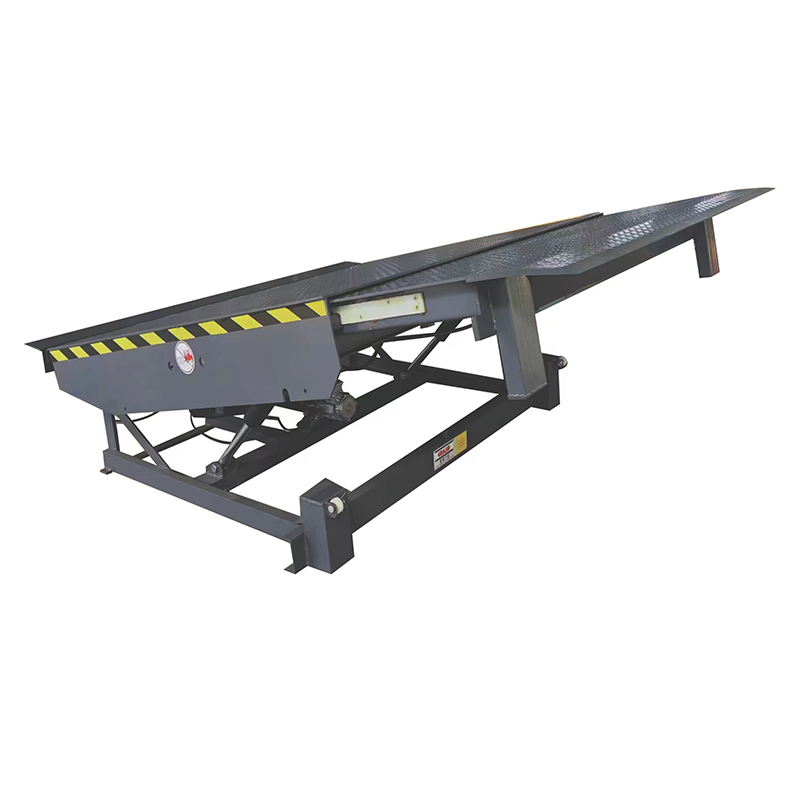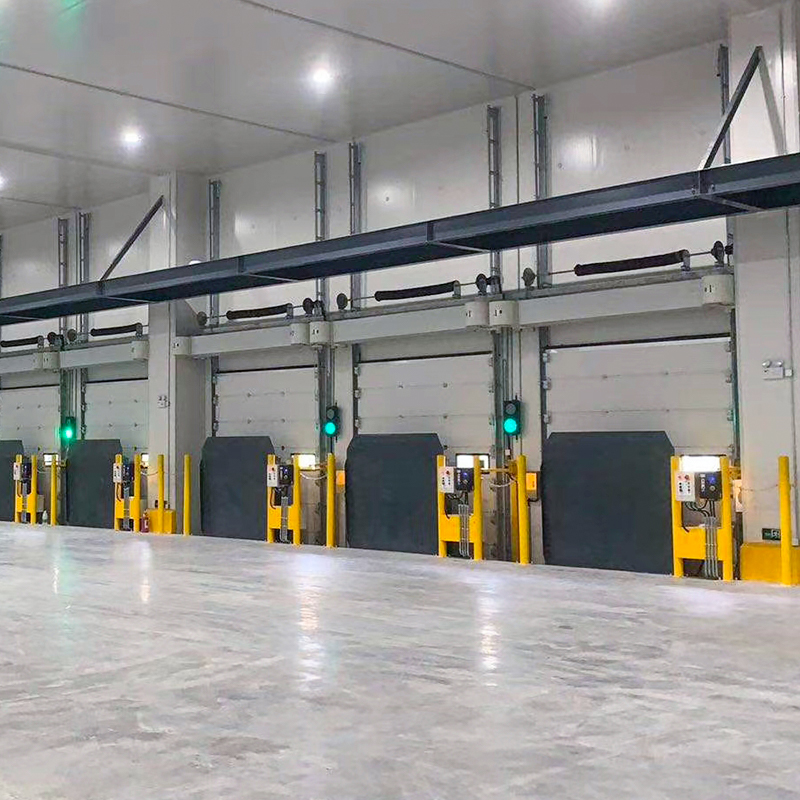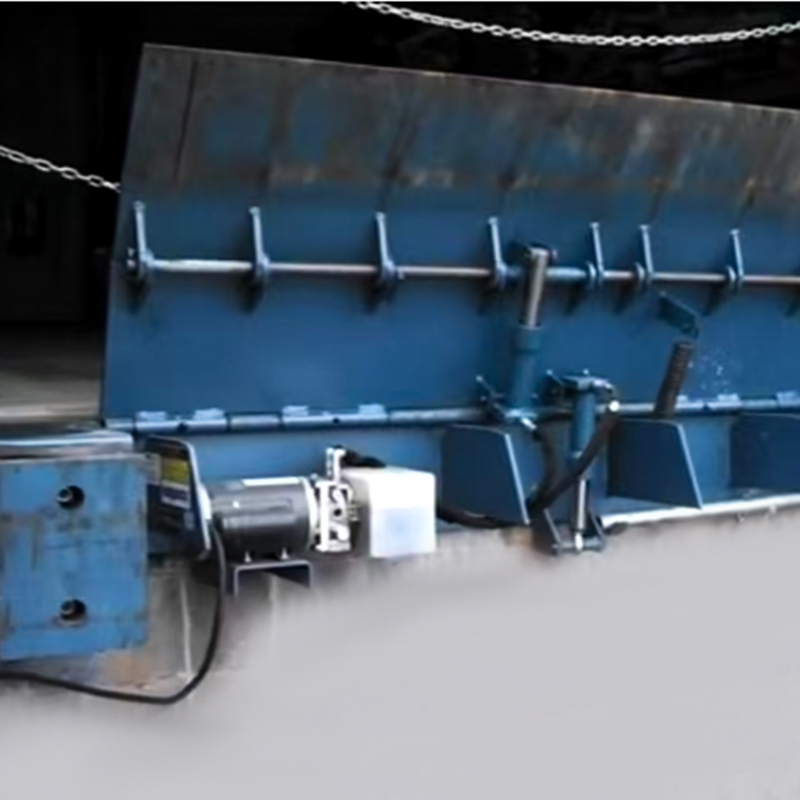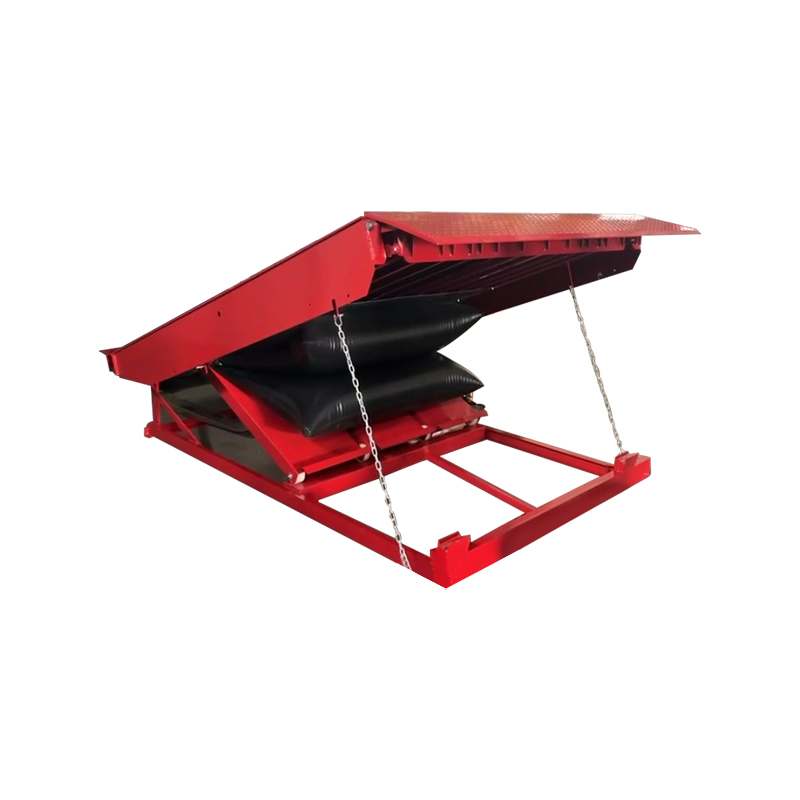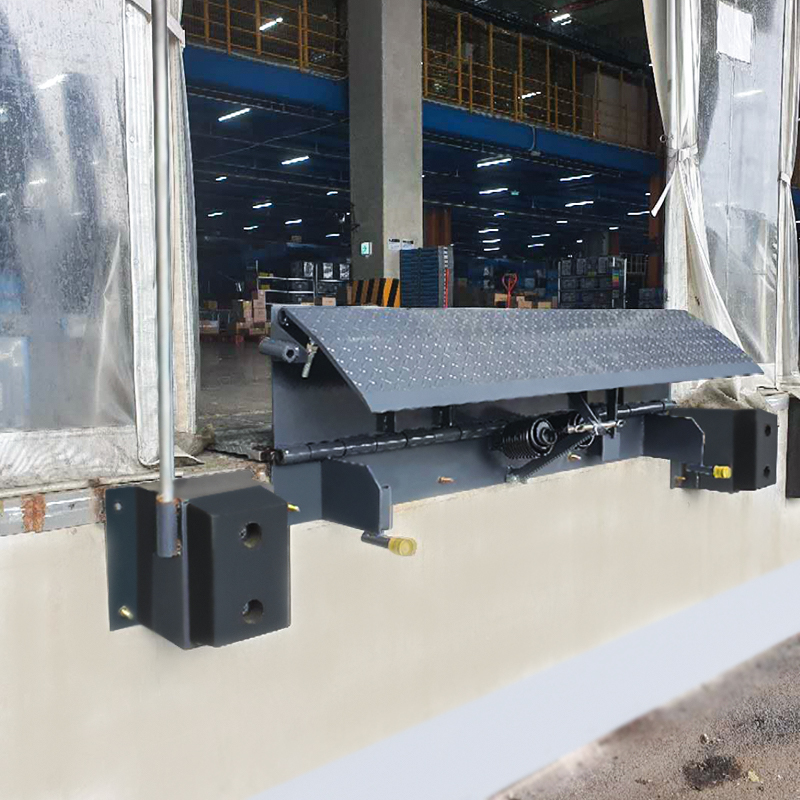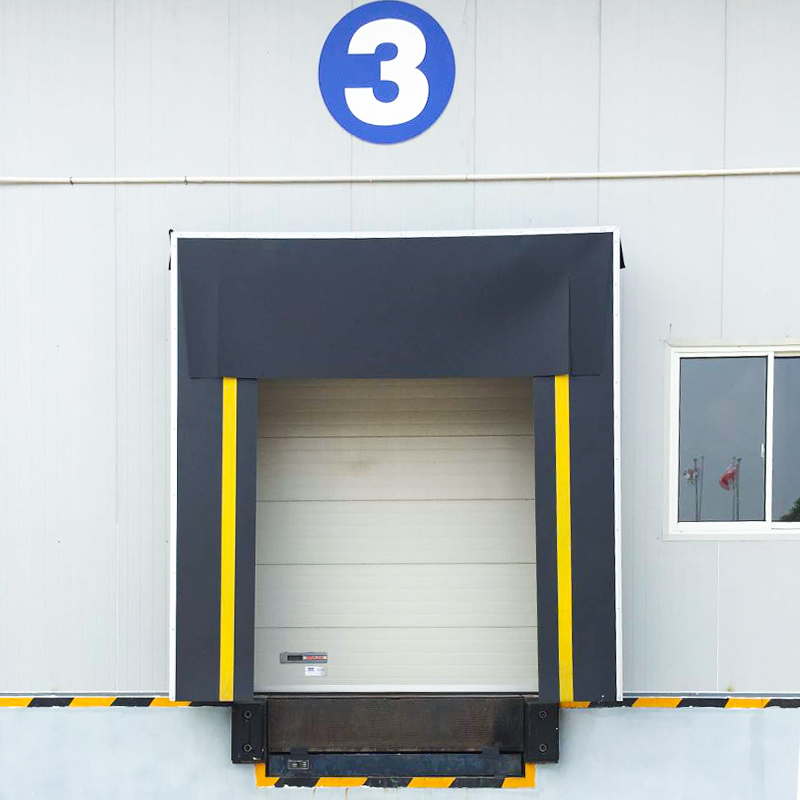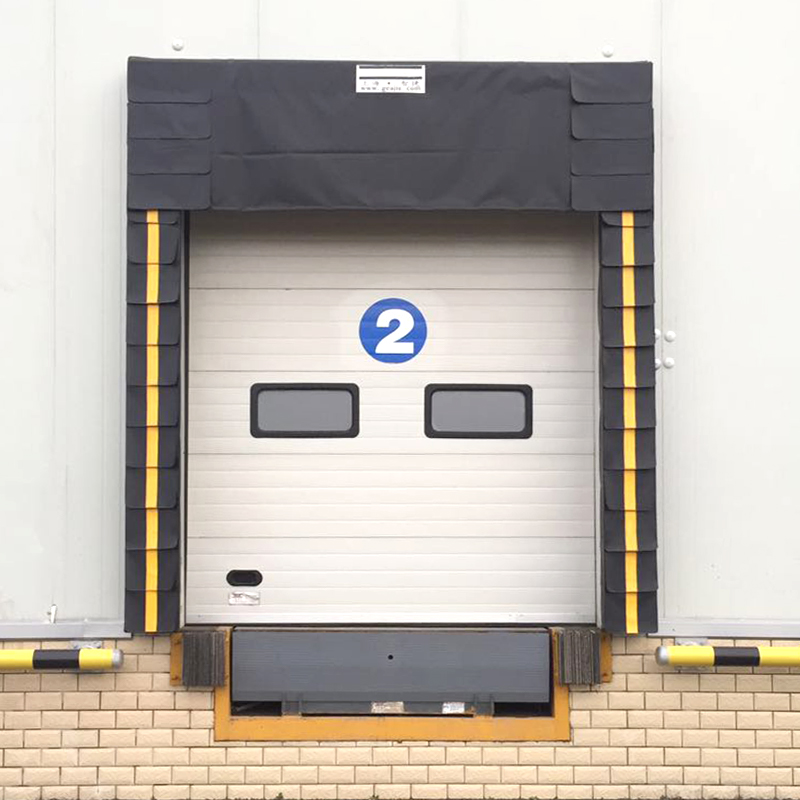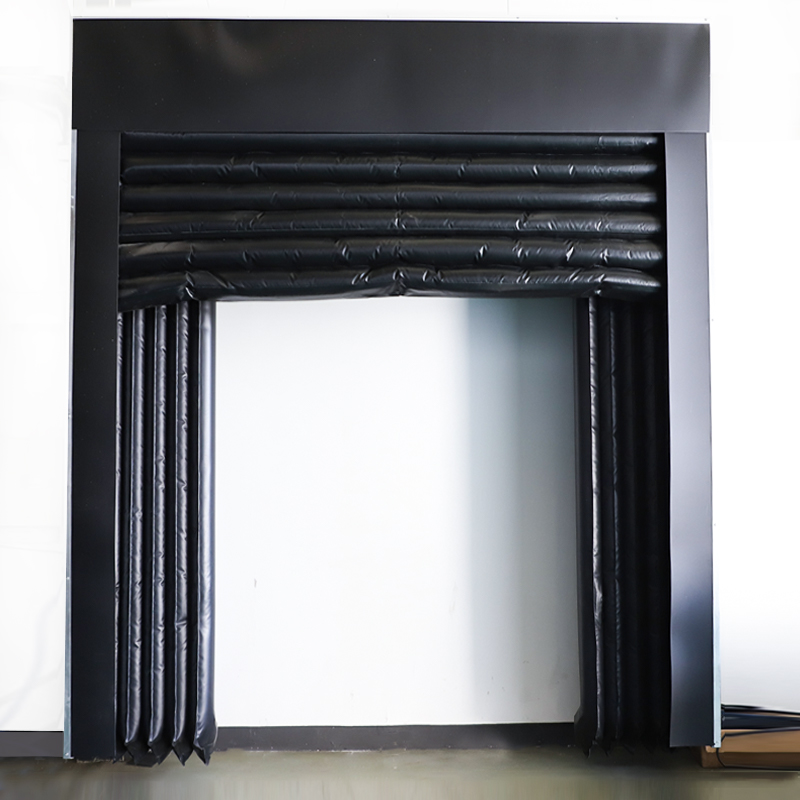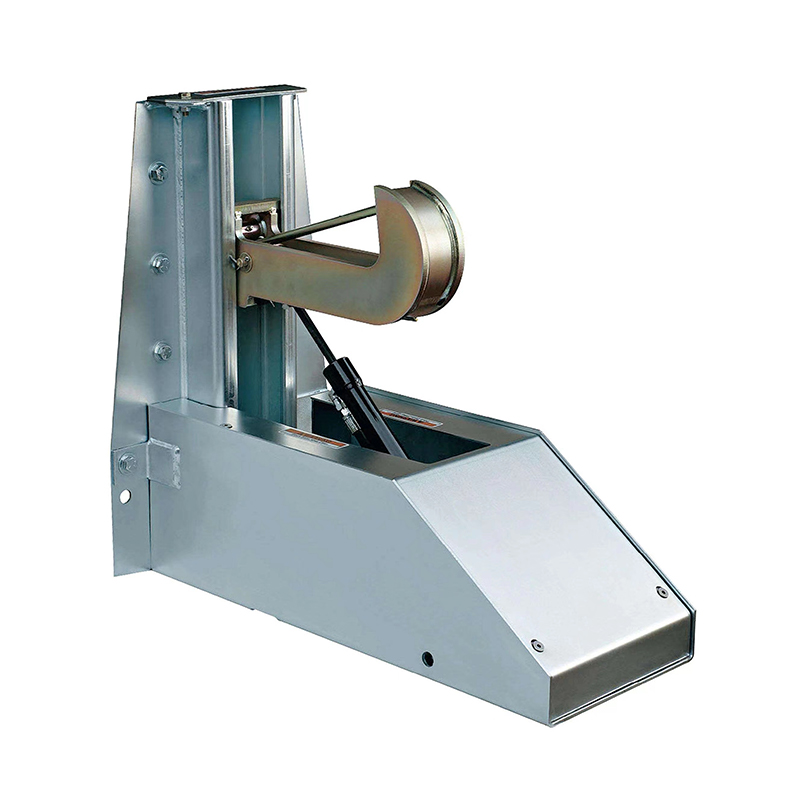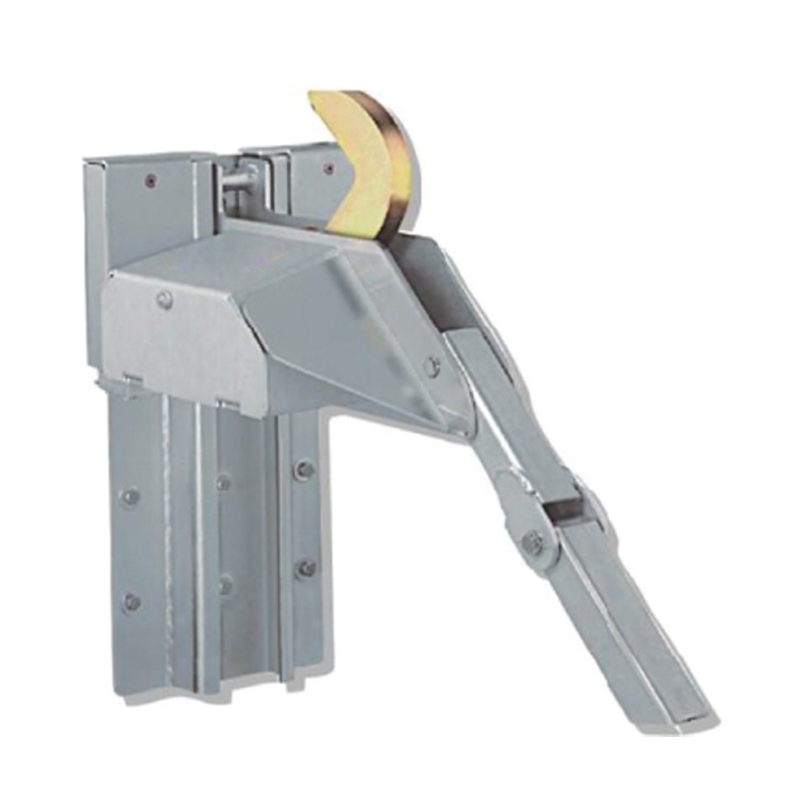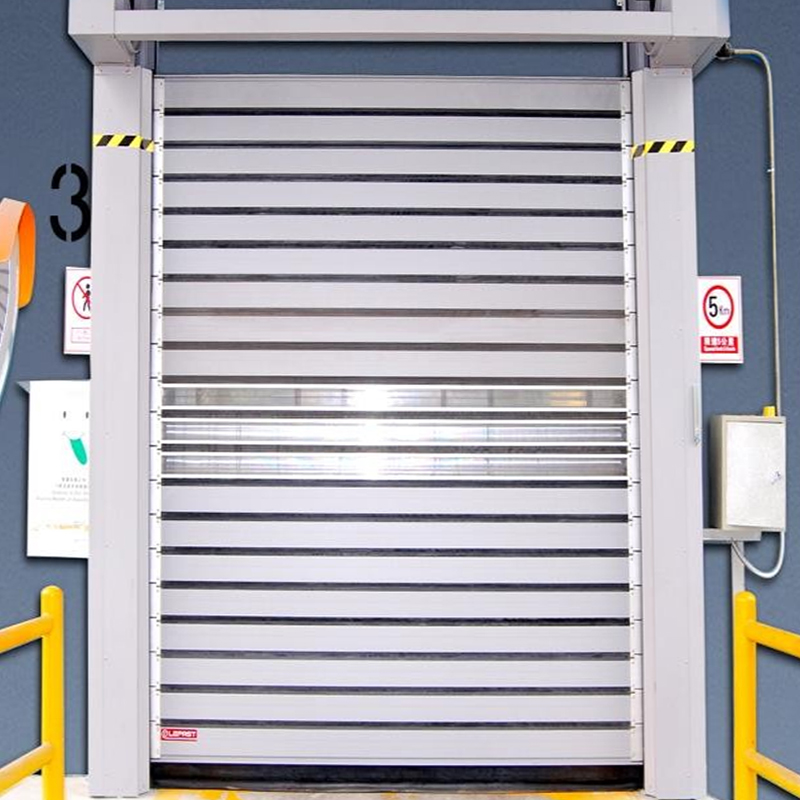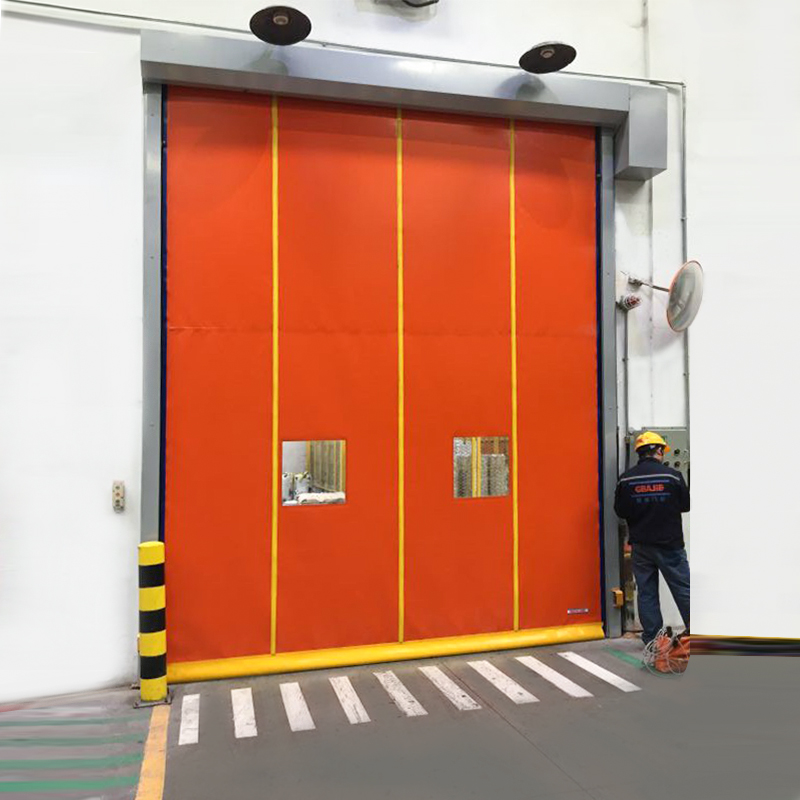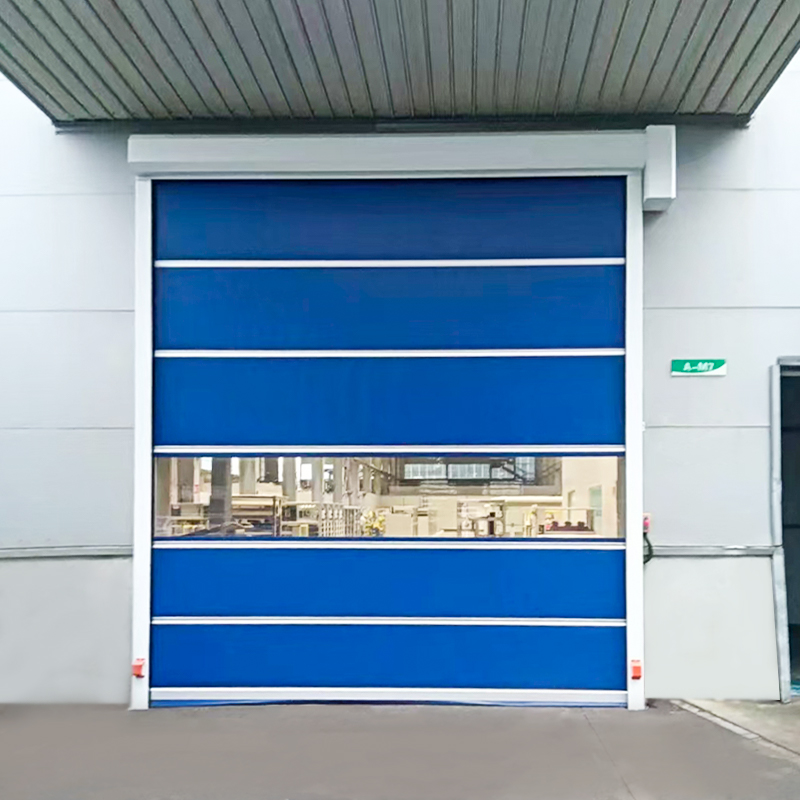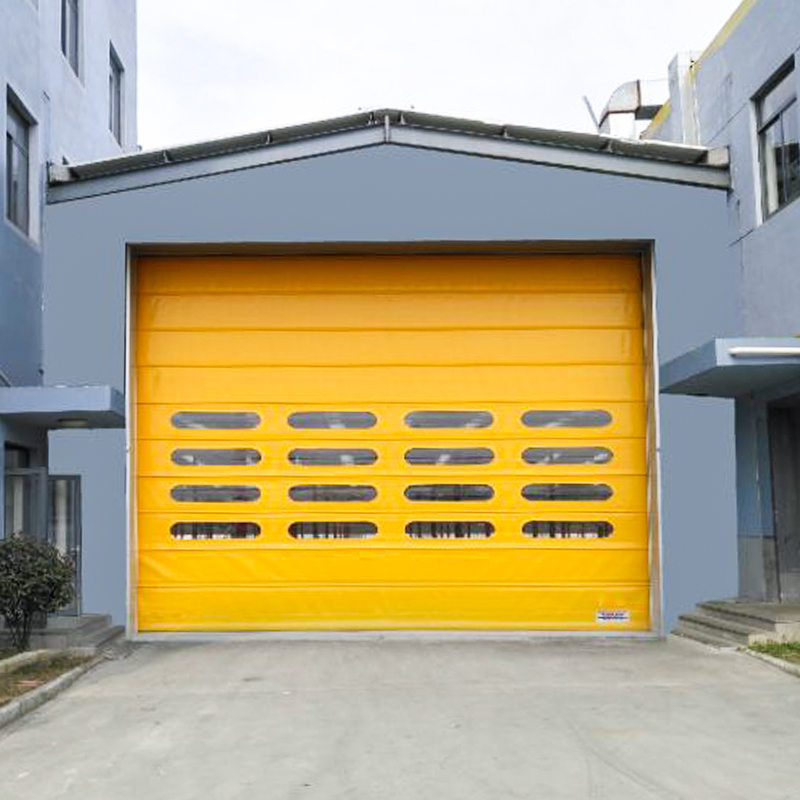Self-Repairing Functionality for Continuous Operation A standout feature of the Anti-Crash Replay In...
Industrial sectional doors are designed to provide superior security, making them an excellent choice for warehouses that store valuable inventory or sensitive materials. Unlike traditional doors, which may be easier to breach, sectional doors are typically made from high-strength materials such as galvanized steel or aluminum, which are resistant to impact, tampering, and forced entry. The interlocking design of the door panels further strengthens their resistance to external threats. Additionally, sectional doors can be equipped with advanced locking mechanisms, including automated systems that engage secure locks when the door is closed. For added protection, many modern sectional doors also feature tamper-resistant features and integrated access control systems, such as keypads, remote controls, or card readers, making it more difficult for unauthorized personnel to gain access to the premises.
Industrial sectional doors are highly valued in warehouses and factories for their space-saving design. Unlike traditional swing doors, which require a large area to open outward, sectional doors operate vertically along tracks, stacking neatly overhead when opened. This vertical operation eliminates the need for clearance space in front of or behind the door, maximizing the usable floor area for forklifts, trucks, and other equipment. In high-traffic areas, where large vehicles need to maneuver in and out of the warehouse frequently, sectional doors are particularly beneficial because they do not obstruct the path or reduce available working space. This space efficiency can be especially crucial in warehouses with limited floor space or complex layouts, where optimizing traffic flow and maximizing storage capacity are essential for maintaining operational efficiency.
Industrial sectional doors significantly improve energy efficiency in warehouses, primarily through their excellent insulation properties. The door panels are often made from highly insulated materials, such as polyurethane or polystyrene, which create a thermal barrier that helps regulate indoor temperatures. This insulation reduces the amount of heat lost during the winter months and prevents cool air from escaping during the summer, helping to maintain a stable temperature inside the building. As a result, warehouses are less reliant on heating and cooling systems, which can lead to significant energy savings. Tight seals around the door edges prevent drafts and air leakage, further enhancing the door's energy-saving benefits. In turn, the reduction in energy consumption lowers utility bills, making industrial sectional doors a long-term cost-effective investment for warehouse owners and operators.
One of the standout features of industrial sectional doors is their ability to improve traffic flow within a warehouse environment. These doors open and close swiftly, minimizing the time vehicles and personnel spend waiting for access. In busy warehouses, especially those that handle frequent shipments and deliveries, this speed is critical in maintaining smooth operations. Automated sectional doors can be synchronized with warehouse management systems to open only when necessary, reducing downtime and increasing throughput. The door's smooth operation minimizes disruptions to warehouse operations and reduces the risk of accidents caused by delayed door movements. This efficient traffic flow ensures that goods and materials move in and out of the warehouse quickly, improving overall operational productivity and reducing bottlenecks, which ultimately leads to better service and faster order fulfillment.
The weather-resistant design of industrial sectional doors makes them ideal for protecting warehouse environments from the elements. These doors are constructed to withstand a wide range of weather conditions, from high winds to rain, snow, and extreme temperatures. The high insulation values offered by sectional doors help to buffer the indoor environment from temperature fluctuations, keeping warehouse contents protected from external weather. This is particularly important in warehouses that store temperature-sensitive products, such as food, pharmaceuticals, or chemicals. Sectional doors are built with tight seals that prevent water ingress and minimize the risk of moisture damage, which can be detrimental to both goods and the building structure. This enhanced environmental control helps maintain optimal conditions within the warehouse, improving product quality and preventing damage to inventory.

 English
English Español
Español Tiếng Việt
Tiếng Việt

